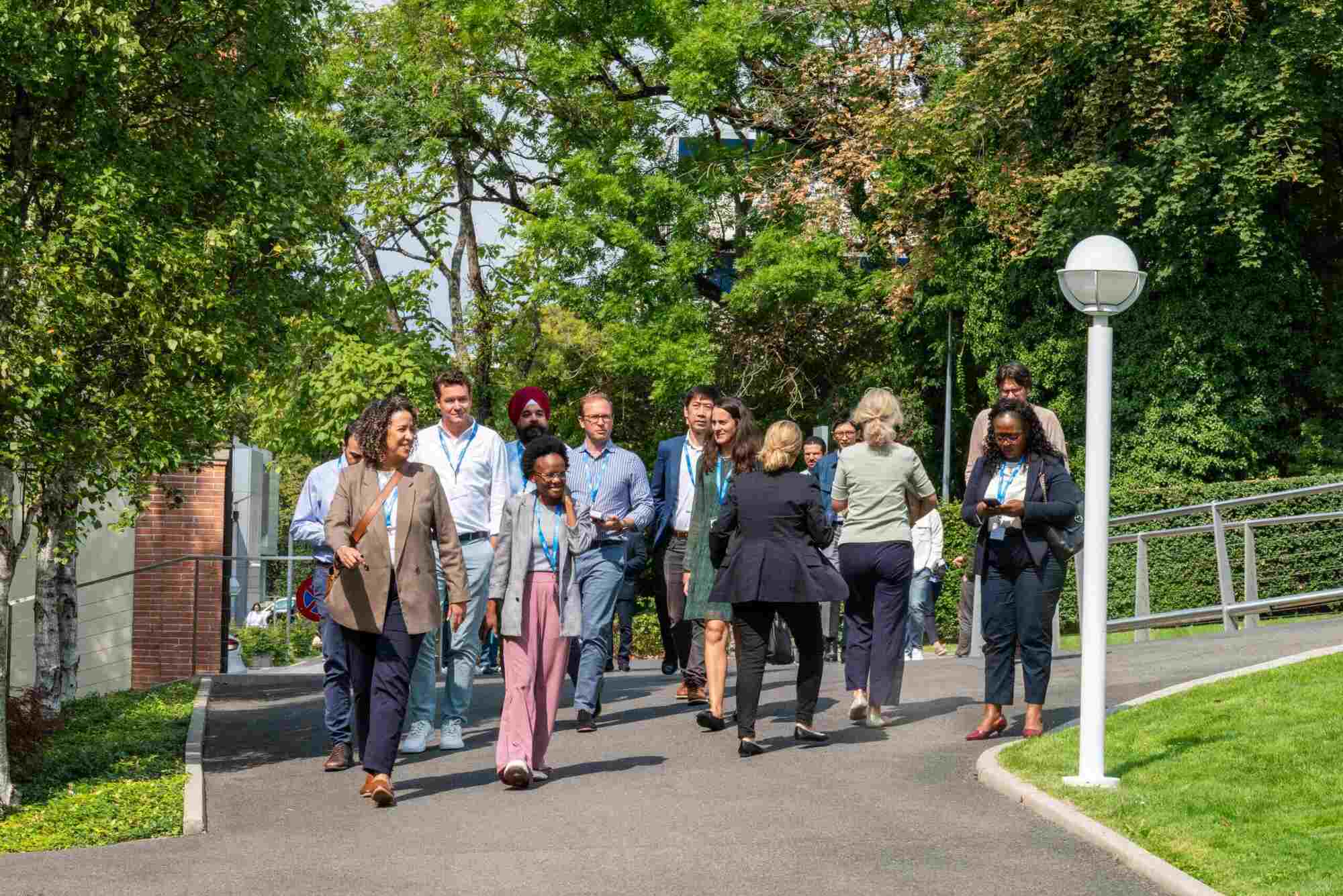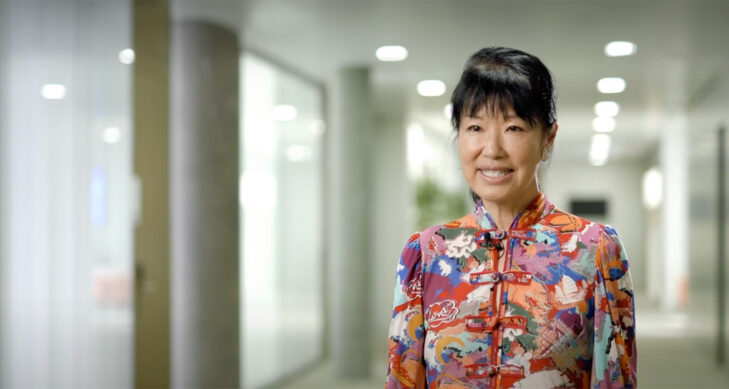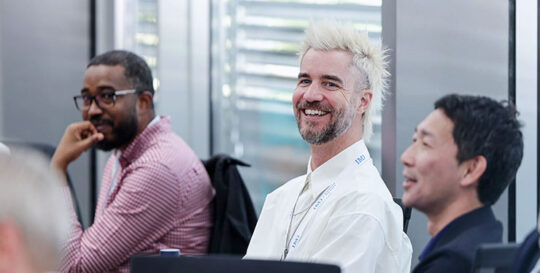


Diversity, Equity & Inclusion Initiative
Inclusion is central to unleashing the true potential of diversity – be it visible, like gender, race, ethnicity, and age, or invisible, like social background, education, or sexual orientation. Through our research and practice-based know-how, we help current and future leaders work toward a more diverse, inclusive, and fair future.
Our leading research and actionable focus on the pressing issues we face in translating good intentions into sustainable behavioral change.

David Bach in I by IMD

Online webinar 19 June 12.00 CEST

by Alexander Fleishmann, IMD and Angelika Schmidt, Institute for Change Management and Management Development
Inclusive language is a deliberate practice to check our assumptions and stereotypes about gender, race and ethnicity, sexual orientation, age, ability, and other dimensions of diversity. Learn about the steps that you can take to ensure a more inclusive workplace. Read more.
Read our latest academic articles, which are regularly published in the world’s leading business and management journals.
Our extensive library of case studies on diversity, equity, and inclusion translates research into action.







